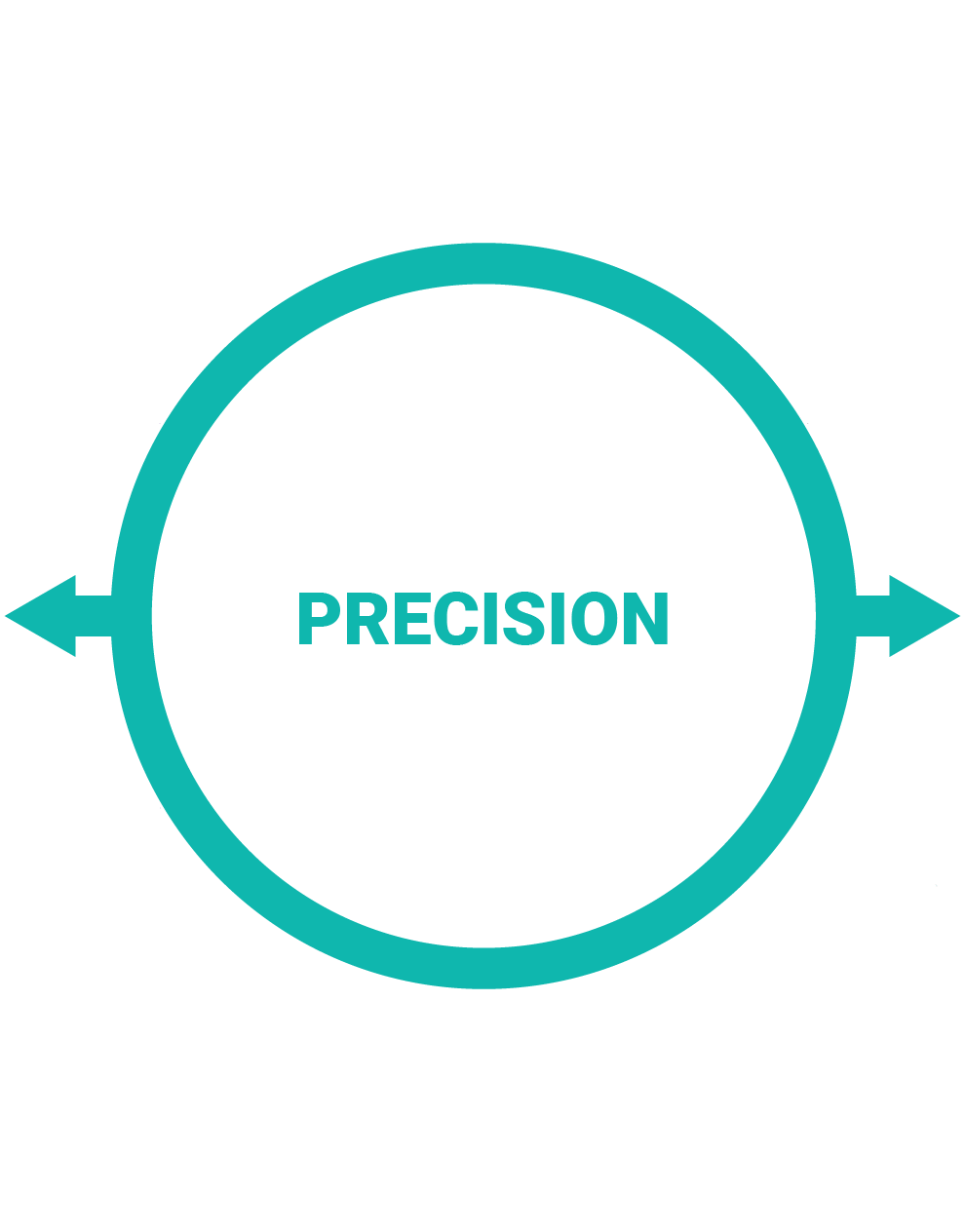Precision Phase :
Through observations of the students, the teacher identifies next steps and creates mini-lessons appropriate to the students’ proficiency level.
OBSERVATION
- L’enseignant observe que les élèves ont de la difficulté à exprimer ou à reconnaître l’heure.
MINI-LEÇONS
- L’enseignant demande aux élèves de réécouter/relire les messages de la phase de découverte et surligner les expressions reliées à l’heure.
- L’enseignant et les élèves créent les référentiels ensemble (listes de nouveau vocabulaire, les tournures de phrases utiles).
- Les élèves (en dyades/en triades) se servent des référentiels afin de répondre au message.
CONVERSATION
- L’enseignant circulera pour donner de la rétroaction à chaque groupe assurant qu’ils produisent des réponses compréhensibles et logiques.
Click to expand the points below and consider the following questions.
-
Transference between L1 and L2
Did the student make a mistake based on the conventions of their first language?
Do they understand that the grammar rules may not be the same as their first language?
Based on the students’ proficiency level, should risk-taking be valued over error correction?
-
Common misconceptions
Is it necessary to provide students with more content examples to help make meaning connect with form (for learners with less language proficiency – A1/A2 learners).
Is it necessary to return to a deductive (rule-based) logic activity to help students understand the necessary correction (for more proficient FSL learners – B1/B2 learners).
-
Intent versus results
What impact does the language structure have on the communicative purpose of the mini-lesson?
Is it necessary to do some explicit teaching to avoid fossilization of errors?
Based on the results of the mini-lesson, has the student addressed the grammatical next step to be successful in the application phase?


